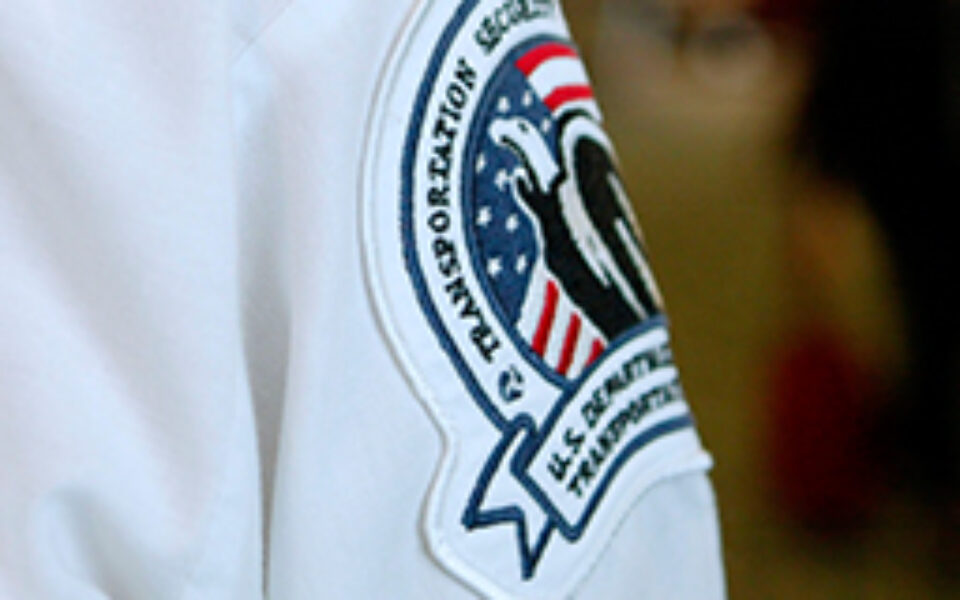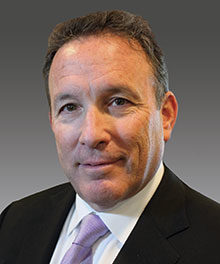$1 Billion Boondoggle

An undercover test of the safety net otherwise known as the TSA airport security screening system registered a failure rate of 95%, it was reported this week. Stated another way, nearly 10 out of 10 attempts to bypass the safety protocols that have been in place at US airports since 9-11 were successful. So much for 3-ounce travel bottles.
The test was conducted by TSA Red Team agents, including one who strapped a fake bomb on his back, which went undetected in a pat down at the security checkpoint (we weren’t told which airport). Almost worse, a reporter from the Atlantic Monthly has practically made a career of passing through security with such innocuous carry-on cargo as al-Qaeda T-shirts, Islamic Jihad flags, Hezbollah videotapes, and inflatable Yasir Arafat dolls. Also: pocketknives, matches from Middle East hotels, dust masks, rope, cigarette lighters, nail clippers, toothpaste tubes, bottled water, and box cutters.
I fly on average at least twice a month. Because of the frequency with which I travel, I registered with the TSA’s Pre Check program two years ago, which allows me to bypass many of the inconveniences of security screening that most travelers have to go through (see my post from June 14, 2013). Even so, I have stood in my fair share of security lines over the years. Collectively, we have removed our shoes millions of times (enduring, barefoot, airport floors of questionable hygiene), subjected ourselves to body scanners that render us naked on-screen, and submitted to public pat downs, which at times may be the most enjoyable part of any trip. We have had our water bottles confiscated, our toiletries discarded and our carry-ons searched. We have been willing to suffer these personal indignities in the name of public safety, and now it turns out that it was all a joke. A $990 million waste.
It’s bad enough that we have to deal with weather delays and runway stack-up; now we also have to contend with “security theater.”
Throwing money and process at a problem simply isn’t enough. In the end, the investment has to work.
There are several lessons here. First, we should be able to detect that a mission-critical system isn’t working well before we spend nearly $1 billion on it. Second, the countless hours we have spent on airport security lines have actually cost significantly more than $1 billion in lost productivity for business travelers, when you take into account that time is money for American companies. In Marcum’s business, our people are our only asset, and the time spent in useless security procedures is measured in lost productivity. Third, with a failure rate of 95%, we have to question whether the so-called mission-critical security system is even necessary. After all, while testers have been successfully sneaking all manner of contraband into allegedly secure areas, there have been no major terrorist attacks on our airlines.
So the real question is not whether to fix the system, but whether the system is needed at all. Perhaps we should outsource the workings of the Pentagon mailroom to the TSA? After all, it’s hard to imagine the TSA sending out more live anthrax than the current mailroom management allowed.
